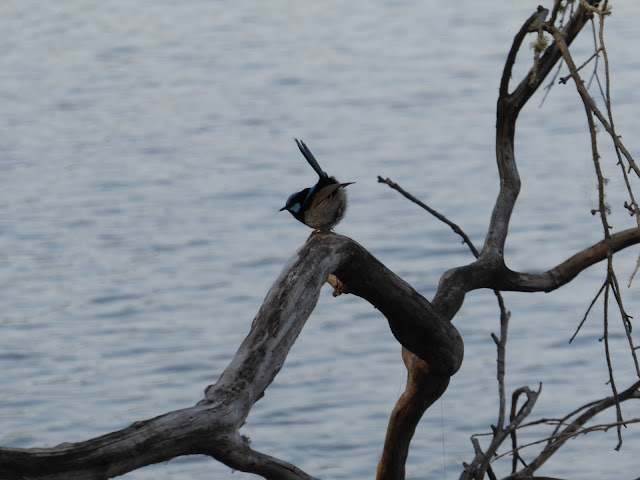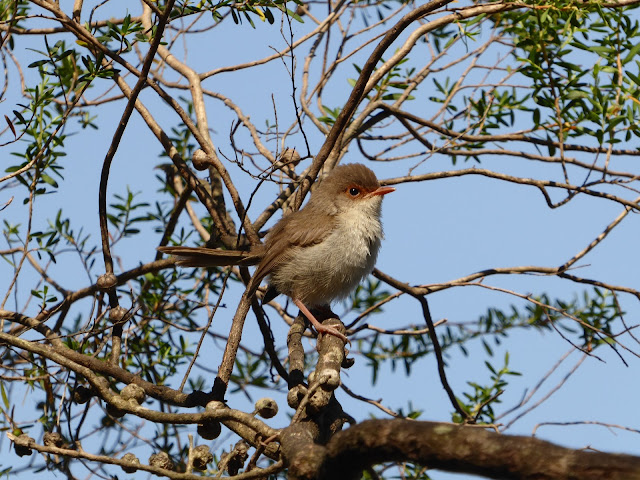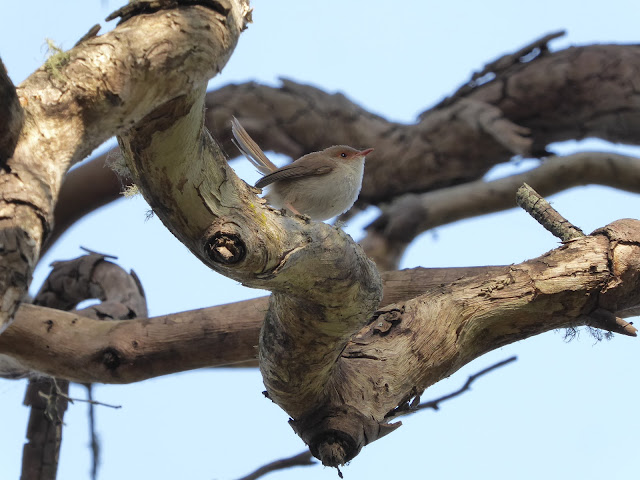Tried to sit in the back. It usually restores me. The sun, the shade, those rare old deciduous pines. But I couldn’t do it. The illness damages something in my body, what one takes for granted, the capacity to receive. As if too much sound, movement, light were coming at me. I could not take it all in. (What Her Body Thought: A Journey into the Shadows, HarperSanFrancisco: New York, 1999, p. 296)
This idea of ‘the capacity to receive’ struck a nerve. It got me to thinking of how energy is required just to perceive the world, to take in stimuli, and for the body to be able to make sense of things and respond. Thus, with chronic illness and limited energy, when the body is just trying to maintain homeostasis, the world can simply be too much. Too much light, too much noise, too much movement and activity, too much colour and life.
I have continually written here about needing to be open and receptive, as if that is all there is to being creative, to living, to being able to function. If only I was open, if only I was receptive, I would be able to write, to make art, to enjoy life. But it’s not so simple. It never is when it comes to chronic illness. I am literally unable to receive. Something in my body has been damaged, or, at least, is not able to function right now. My senses are overwhelmed and exhausted. And without the energy to process stimuli, to let the world happen to me, the only thing to do is withdraw.
The situation is made worse by the fact that summer in Australia has become an endurance event, which I had to drop out of months ago. I’ve been indoors mostly, which seems like such a waste, to be avoiding sun and heat and abundance, letting the high point of the year just pass by outside. Yet I feel I need to protect myself.
I suppose I am aestivating, going dormant for a while. Though the word aestivation (essentially the summer equivalent of hibernation) carries connotations of hiding and harshness, unbearable heat and aridity. While I understand that a fiercely cold winter can be just as harsh as a hot summer, hibernation, in comparison, still makes me think of warmth and cosiness, inwardness and dreaming. Winter is the time of rest, slowing down and darkness, and is therefore somewhat easier on the senses. It’s not that I don’t like summer—or at least, I’d like to like it—but it’s becoming less and less bearable.
As I write this I am sitting in my studio looking out on a garden made suddenly lush and green by recent rain. It’s bursting at the seams, while I feel contained and distant. I’m not sure what to do about this state of things other than wait it out.
Happily, I haven’t been entirely idle. I’ve been learning to sew, and working on a small knitting project (when I cannot work on art I turn to other kinds of making), and I feel content with that for now.
I’m trying not to ask too much of myself, for I cannot force my body to be open to what it is not capable of receiving. I’ll continue to aestivate, to keep myself safe from the too muchness of summer, while wondering: Is there an inwardness to aestivation? What kind of dreaming can summer bring?
 |
| Koala, Kangaroo Island, by Buiobuione (Image source: Wikimedia Commons) |












